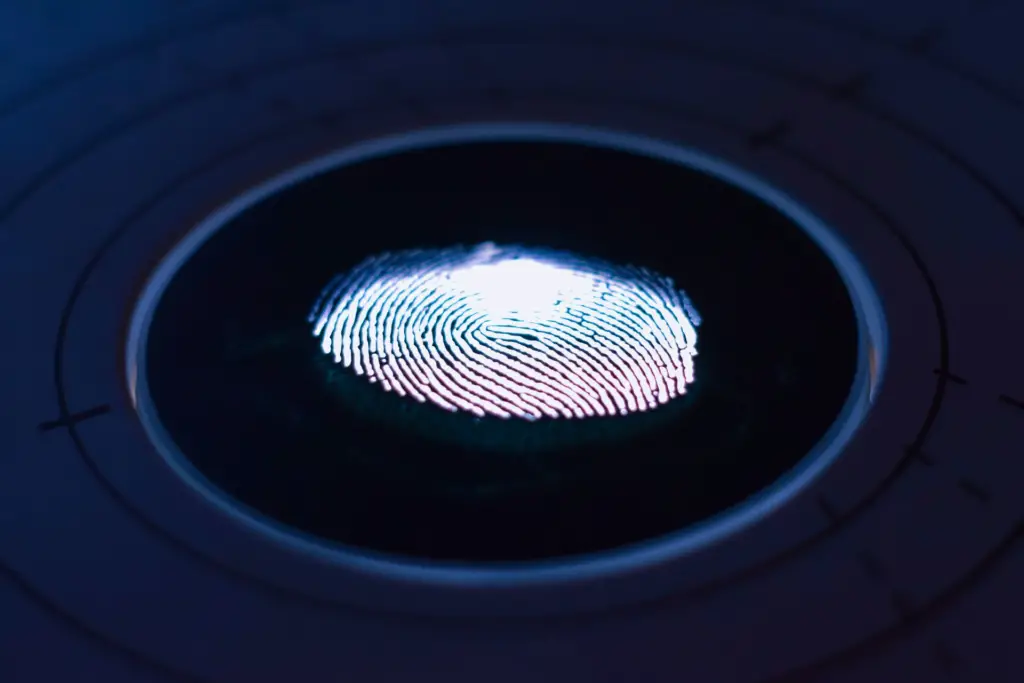
Waiting in long lines has become increasingly unacceptable in today’s fast-paced world. They’re stressful, waste time, and slow down your business.
But what if you could eliminate waiting by simply using a fingerprint or facial scan?
Here’s the cool part: with biometric authentication applications, this is now possible.
The technology transforms how lines are handled in businesses, making check-ins faster, safer, and less stressful for people.
This article explains biometric authentication, including its benefits, how it operates, and why it is crucial for contemporary business — so you can understand whether it might benefit your workplace.
What is Biometric Authentication?
Biometric authentication involves verifying a person’s identity using physical traits, such as their face or fingerprint. Biometrics are like your body’s unique signature — more secure than traditional passwords or standard ID cards.
In queue management, this means customers can skip paper tickets and manual check-ins. Instead, they can simply scan their fingerprint or face. This speeds up the process and reduces errors or fraud.
By integrating queue management technology like Qnomy, businesses can make the process smoother and more efficient.
The Role of Biometric Authentication in Queue Management

The biometric system significantly improves queue management efficiency. Those old ticket machines and manual sign-ins? Way too slow, especially in busy spots.
Switching to biometrics speeds things up big time. Check-ins become super quick. Just a face or fingerprint scan, and you’re done.
This significantly improves operations in environments like hospitals and government offices, where fast and secure ID verification is essential.
Key Benefits of Biometric Authentication in Queue Management
- Increased Efficiency: Biometric checks are quick. Instead of waiting for a ticket or manual verification, customers scan their fingerprints or face. It’s a win-win for both you and your customers.
- Better Security: Biometrics make fraud a nightmare for scammers because you can’t just copy someone’s face or fingerprint.
- Personalized Service: Companies can link customer info to their biometrics, making it easy to deliver personalized and super-efficient service.
- Reduced Stress and Crowding: Faster check-ins mean shorter wait times and a more relaxed experience for everyone.
- Real-Time Data: Biometric systems give real-time data on wait times and customer flow, helping businesses fine-tune staffing and boost service.
Applications of Biometric Queue Management Across Industries
Biometric authentication applications are used across various industries to enhance queue management:
- Healthcare: The biometric system saves time during patient registration (time that would otherwise be spent waiting), and it eliminates mistakes such as mixing up a patient’s record.
- Retail: Self-scanning helps accelerate checkouts and loyalty procedures since customers can pay using fingerprint or facial scans.
- Government Services: Biometric authentication makes renewals of passports and applications for IDs less of a hassle and more secure.
- Transportation: Biometric engineering, such as facial recognition and fingerprint scanning, is applied in airport and train terminals, enabling passengers to avoid long lines during check-in and boarding.
- Banking: Biometrics are being employed in banks to act as a checkpoint for transacting business, making account security tighter.
Challenges and Considerations of Biometric Queue Management
While the biometric system has many advantages, businesses must address a few challenges:
- Privacy Concerns: Biometric data is sensitive. That’s why companies have to follow strict privacy laws, like GDPR, to keep customer info safe and sound.
- Cost of Implementation: The main downside of biometric systems is the upfront cost, which can be tough for small businesses. But over time, the benefits definitely make it worth the investment.
- Technical Issues: Like all technological-based systems, biometric systems need constant calibration to produce accurate results.
- Customer Acceptance: The idea of using biometrics can be unsuitable to a percentage of customers. Offering alternative options ensures that all clients are catered for.
Future of Queue Management with Biometric Authentication
Biometric authentication is the future of managing queues. Biometric systems will become faster, easier to use, and more accurate as technology advances.
There will be further incorporation into applications on smart devices, self-service kiosks, and IoT devices, thus enhancing the customer experience.
Queue management technology will continue to evolve to meet the growing need for speed and personalization, making biometric solutions even more important.
In Conclusion
Biometric authentication is transforming queue management systems, making the check-in process faster, more secure, and more efficient.
While there are challenges, the benefits make this technology a smart investment. As queue management technology develops, biometric systems will shape the future of queue management.
We invite you to share your thoughts or reach out to discuss how biometric authentication could enhance your queue management system. How are you improving your queue management systems, or how could biometric authentication help? Share your insights or reach out to discuss how queue management technology can boost your business.










